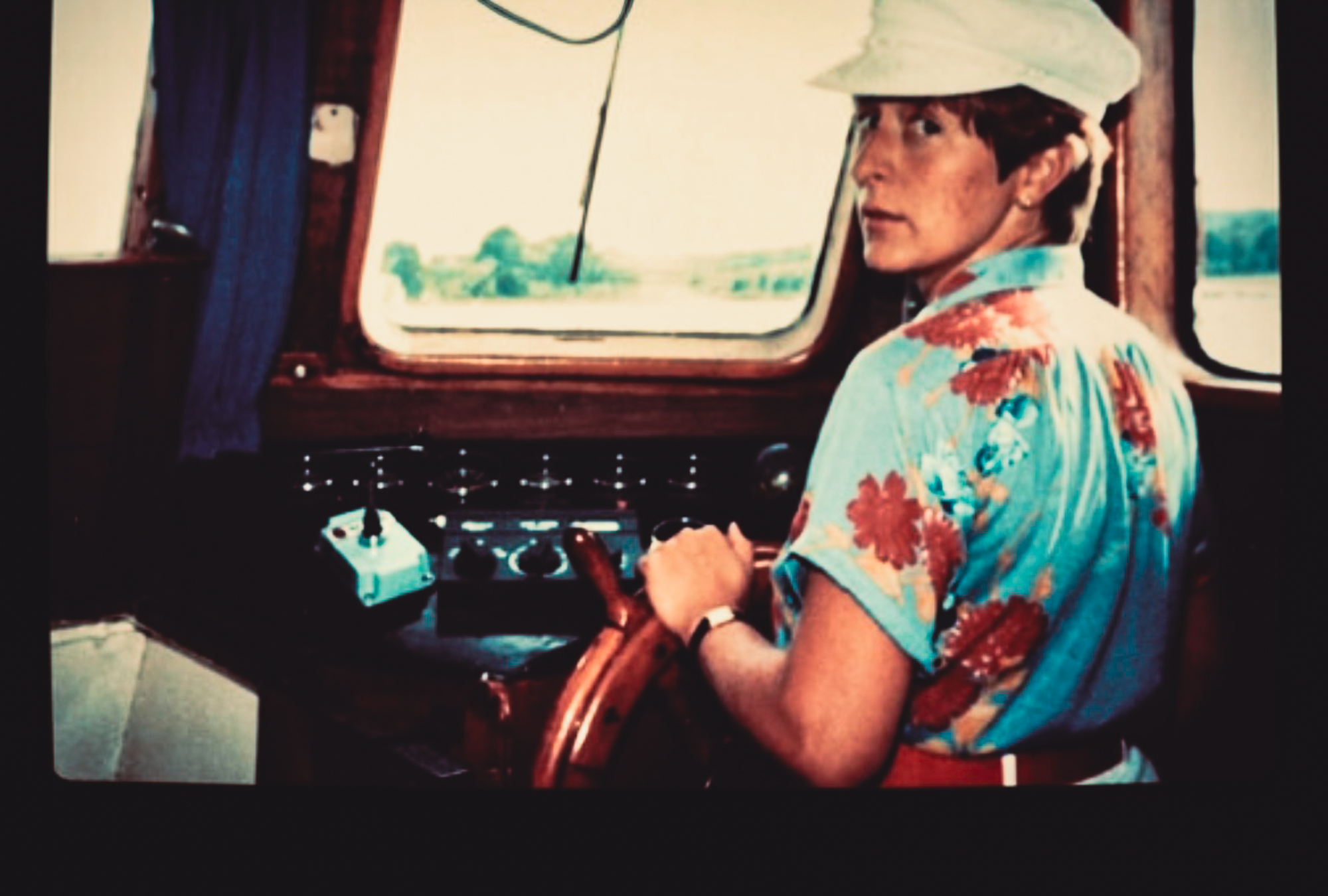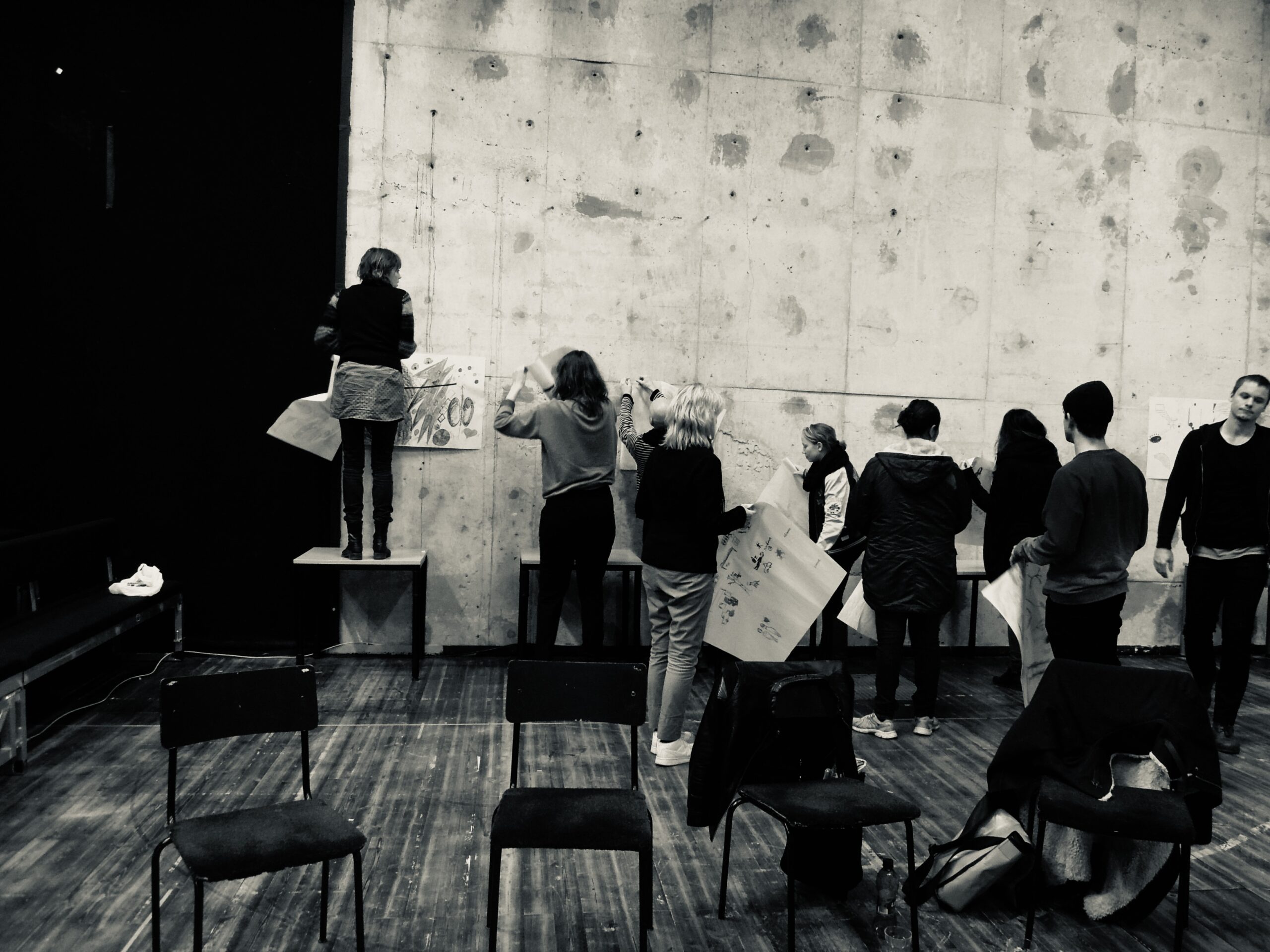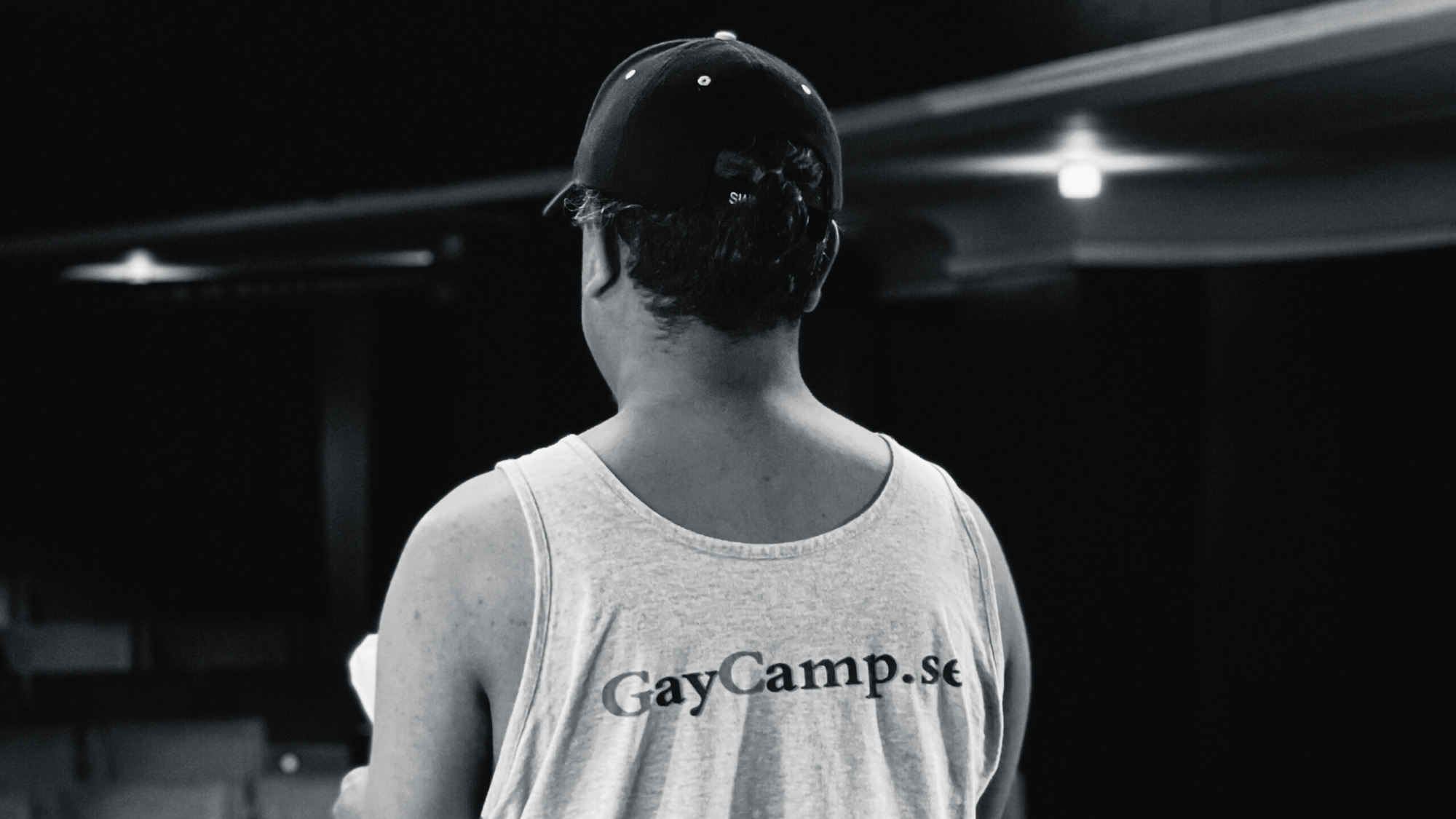
Navigate and nurture your body, mind and soul
through the experiences we create at Bastes!

We arrange retreats
for empowering
enlightening and enriching.

We do workshops
that enhance personal
and professional growth.

We produce performing arts
that engage and activates.

We run Bastes Wine Bar
for connecting and enjoying
in pure nature.
Sketches from day 3
Check-In ”Contact, where are you?” Communication can lead to defense, be destructive, and cause emotional pain. However, it can also instill self-confidence, pride, and happiness. Communication is what occurs between two people, in the mind and the gut, resulting in both conscious and unconscious reactions. The mind equates to matter, the gut to emotions.
”Case Study” Explore: – Actions – Intentions Discuss the impact on the group and possible reactions.
Discuss the impact on the director and possible reactions, including anger, talking to others, rejection. Together, we will examine how to address the situation and relate to it.
Review defense mechanisms. Contact: – How to engage in a real dialogue
The director seems to be groping, unclear, and unsure of what they want, lacking clear visions towards achieving results. Unclear.
You are tasked to explore: Humor lightens the mood but is also a defense. What triggered me?
What made me insecure? I lost it.
We often react by rejecting others when we ourselves are rejected. Can we break the pattern of negative reactions? Here, one can become aware of their own behavioral patterns and the body’s resistance. – Be more selective – fight for your own desires and will.
Divide into two groups to examine both sides, discuss: – Intentions – Effects and how I relate to them.
What does it trigger? What effect did it have on me? Is there a pattern? Patterns must always be seen in context.
A pattern might have been beneficial in a particular context to protect you. But you need to reorient to reality and see yourself from who you are now. Your emotions may relate to how you felt in another situation earlier in your life. Perhaps it just needs adjustment, from wanting something on one side to completely resigning and giving up on the other.
What do you tend to do?
Have you noticed a behavior or reaction pattern that repeats itself?
From phenomenon – what you do, to structure – what repeats itself.
Defense Mechanisms: Unconscious actions to protect ourselves from unpleasant feelings, thoughts, and anxiety (physical reaction to fear). – Rationalizing – Intellectualizing – Denying – Suppressing – Projecting – transferring one’s own to others – Denying – Compensating with something else – Regression (experiencing the past in the present)
Exercise 3 Stand in two lines facing each other, in pairs, one side tasked only to say ”no,” the other just ”yes.” Change how you say it. Switch! How was the experience? How did it feel in the body? Who did you care for? Did you take responsibility for the other? How was the power balance? Did you give up? And is this a pattern? Did you take care of yourself?
Exercise 4 The exercise we will now perform involves communicating and creating contact—without words. Pair up and stand back to back. Slowly squat and rise again while supporting each other. What thoughts arose? Try again, ”tune” into each other, take your time. Do not give up. Repeat with another partner. (Contact in work, how do you build trust? The foundation of good work relationships) How was it now? Reflections? Stand in two lines in pairs. One should walk towards the other who will set a stop. When it feels right to set a stop, mark it. Reflect aloud, how was it to set a stop? How was it to receive a stop? (Engagement and rejection)
Setting boundaries involves rejection. Stand in that, examine it. No quick reconciliations. Let it take the time it needs.
Healing comes with it if the intention is reconciliation. Acceptance, then forgiveness.
The conflict itself is not negative, but its management might indicate a need.
Being conflict-averse has become negatively charged but can also mean focusing on one’s own and not pursuing conflicts.
However, it often means one is not solution-oriented.
Cooperation is in our nature; we desire collaboration and consensus—a mutual understanding. The goal is real dialogue and contact.
Do not interpret alone (based on personal experiences) if my motives are never taken seriously.
Conclusion: Stroke the body from head to toe. Final round: What did you experience? What became clearer, and what will you take with you? How can you apply this experience in your professional practice?
The Inner Team
The goal of the technique is to become more acquainted with the sides, qualities, and personal traits of your personality. These sub-personalities become the team members who act together, communicating within you. All team members have a common good intention to work for our best, even though they may have different opinions depending on context and continuum-time.
…. And the Inner Team exercise continues

